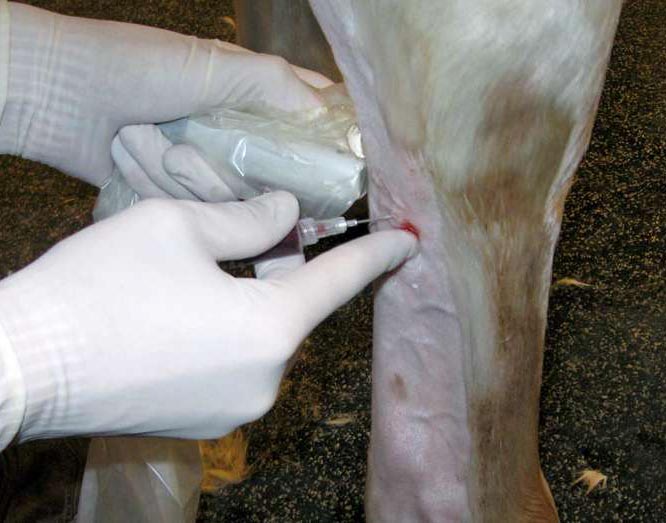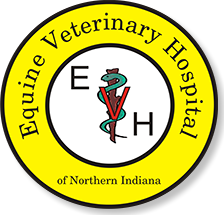Professionals Working to Protect Your Equine Investment
Lameness, Injury and Rehabilitation
- Lameness Evaluations
- Diagnostic Analgesia (Nerve Blocks)
- Therapeutic Joint Injections
- Sports Injury Rehabilitation
- Musculoskeletal System Evaluations
- Case Specific Rehabilitation
- IRAP & PRP
Lameness is a common problem that affects horses of all disciplines and ages. Lameness evaluations can be performed on the farm or in the controlled environment of our hospital.
Our doctors utilize diagnostic nerve, joint blocks and digital radiography and ultrasonography to diagnose the cause of your horse’s pain. We combine traditional and regenerative therapies to aid healing and decrease inflammation that your horses can return to their job quickly.
IRAP
“When a joint is inflamed, it creates an unhealthy environment for healing. The natural response for inflammation is Mother Nature’s way to tell us to rest: If it hurts, don’t use it. Let it rest. The negative side, however, is that the inflammatory process can create a less-than-optimal chemical mix in joint fluid. Researchers developed interleukin receptor antagonist protein (IRAP) therapy as an answer to this problem. Basically, IRAP is an incubated “soup” that’s produced from the horses’ own blood that has been collected and incubated IRAP processing overnight with chromium-coated glass beads, then put in a centrifuge and filtered. The collected serum is then injected into the affected joint (or tendon sheath). This “soup” then locks up inflammatory receptors, creating a more normal, healthy joint fluid environment.” (“Nonsurgical Joint Therapies” by Richard Markell, DVM; published in The Horse; Jan. 2010)

What makes IRAP different than steroids?
• The “too much of a good thing” reputation that comes with steroid joint injections is eliminated—IRAP is an all natural product that’s less likely to cause joint “flare ups”, can be used more frequently, and at larger amounts.
• IRAP is ready to inject about 24 hours after the blood sample is drawn. Many doses (avg. 8-12) are made from a single syringe of blood. What isn’t used immediately can be frozen and is good for up to one year.
PRP
Platelet Rich Plasma (PRP) is a technology that involves collecting blood from your horse and processing it into a product called Platelet Rich Plasma. The most common use for PRP is injection of the product into damaged soft tissue structures such as tendons and ligaments. PRP contains many growth factors that can aid in promotion of healing. PRP is thought to speed healing as well as improve the quality of healing. Soft tissue injuries can take an extremely long time to heal; utilizing products like PRP can help expedite healing.


